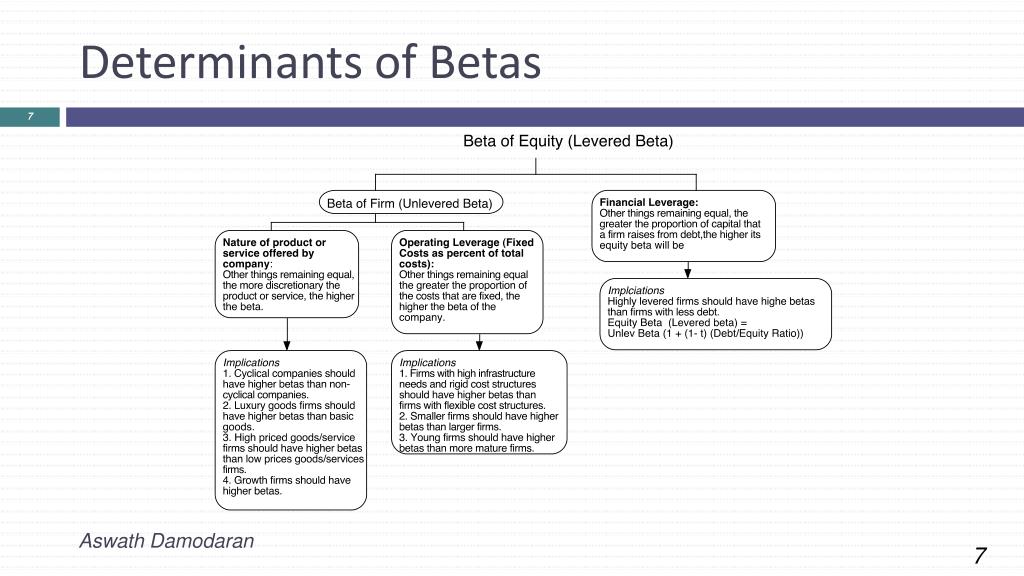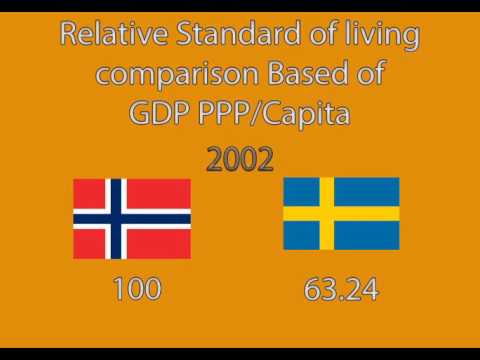Properties of Arithmetic Mean Arithmetic Mean Properties and Proof
Contents:


We hope that the above article on Arithmetic Mean is helpful for your understanding and exam preparations. Stay tuned to the Testbook app for more updates on related topics from Mathematics, and various such subjects. Also, reach out to the test series available to examine your knowledge regarding several exams.
This state the mathematical properties of arithmetic meanity does not hold for other probability distributions, as illustrated for the log-normal distribution here. Arithmetic mean is the ratio of the summation of all observations to the total number of observations present. Mean in simplistic terms is the arithmetical average of a set of two or more quantities. You will learn about arithmetic mean, formula for ungrouped and grouped data along with solved examples/questions, followed by properties, advantages, disadvantages and so on. Arithmetic mean is often referred to as the mean or arithmetic average.
Effect of congestion avoidance due to congestion information … – Nature.com
Effect of congestion avoidance due to congestion information ….
Posted: Thu, 22 Dec 2022 08:00:00 GMT [source]
This property is valid for addition and multiplication not for subtraction and division. Or we can say that the placement of adding numbers can be changed but it will give the same results. It states that the operation of addition on the number does not matter what is the order, it will give us the same result even after swapping or reversing their position. The division is the operation that computes the quotient of two numbers. The two values involved in it are known as dividends by the divisor and if the quotient is more than 1 if the dividend is greater than the divisor the result would be a positive number. In geometry, there are thousands of different definitions for the center of a triangle that can all be interpretted as the mean of a triangular set of points in the plane.
With this article you will be able to answer questions like what is the arithmetical mean. The formula for ungrouped and grouped data along with solved examples/ questions. Statistical location covers mean, median, and mode, where mean may not always be the same as the median or mode for skewed distributions. The mean of a probability distribution is the long-run average value of a random variable with that distribution. There are several kinds of mean in mathematics, especially in statistics.
What are the Properties of Operations in Arithmetic?
In the assumed mean method, students need to first assume a certain number within the data as the mean. The arithmetic mean in statistics, is nothing but the ratio of all observations to the total number of observations in a data set. Some of the examples include the average rainfall of a place, the average income of employees in an organization. We often come across statements like «the average monthly income of a family is ₹15,000 or the average monthly rainfall of a place is 1000 mm» quite often.

The formula to determine the arithmetic mean is set, i.e. the result remains unchanged. Unlike the median, the AM is not influenced by the position of the value in the data set. Similarly, if you multiplied or divided every value of the data set by a specified weight, then the mean is also multiplied/divided by the exact digit. If the number of classes is less and the data has values with a smaller measurement, then the direct method is preferred over the three methods to get the arithmetic mean. In the case of open end class intervals, we must assume the intervals’ boundaries, and a small fluctuation in X is possible.
Some Other Properties of Arithmetic Mean
In a distribution of open-end classes, the value of the mean cannot be computed without making assumptions regarding the size of the class. It’s also a useful measure of central tendency, as it tends to provide useful results, even with a large group of numbers. Students need to practice a significant number of sums to be able to prepare themselves for the final paper. In this article, we will cover the arithmetic mean, its properties and most importantly, its use in real life. Here we will learn about all the properties and proof the arithmetic mean showing the step-by-step explanation. The average value can vary considerably from most values in the sample and can be larger or smaller than most.
In a distribution containing open-end classes, the value of the mean cannot be computed without making assumptions regarding the size of the class. It’s also a useful measure of central tendency, as it tends to provide useful results, even with large groupings of numbers. Let x₁, x₂, x₃ ……xₙ be the observations with the frequency f₁, f₂, f₃ ……fₙ. Now consider a case where we have huge data like the heights of 40 students in a class or the number of people visiting an amusement park across each of the seven days of a week. Let’s first understand the meaning of the term «Mean», followed by arithmetic with a few solved examples in the end.
Each mean serves to summarize a given group of data, often to better understand the overall value of a given data set. Arithmetic Mean is the ratio of all observations or data to the cumulative number of observations in a data set. Some examples of Arithmetic Mean are the average rainfall of a place and average income of workers in an industry.
Solved Problems on Mathematical Properties of Arithmetic Mean Proof
Step deviation works best when we have a grouped frequency distribution in which the width remains constant for every class interval and we have a considerably large number of class intervals. The algebraic sum of deviations of a set of observations from their arithmetic mean is zero. The second application of arithmetic and geometric means is a modern, amazingly rapid method for computing \(\pi\) . Ancient methods for computing π included calculating the perimeter of many-sided regular polygons and provided a few decimal places of accuracy.
This type of mean calculation is not fit for https://1investing.in/ having extremely asymmetrical distributions. A. For beginners arithmetic mean is the same as average. There are a variety of data available and considering the data type, students need to decide the correct approach that is appropriate for the concerned data. Q.5. In an examination, the mean of marks scored by a class of \(40\) students was calculated as \(72.5\). Later on, it was detected that the marks of one student were wrongly copied as \(48\) instead of \(84.\) Find the correct mean.

This is not the case with median and mode, as the open end intervals are not used in their calculations. The arithmetic mean is a measure of central tendency. It allows us to know the center of the frequency distribution by considering all of the observations. As the formula to find the arithmetic mean is rigid, the result doesn’t change. Unlike the median, it doesn’t get affected by the position of the value in the data set.
Arithmetic mean is one of the measures of central tendency which can be defined as the sum of all observations to be divided by the number of observations. The addition or multiplication in which order the operations are performed does not matter as long as the sequence of the numbers is not changed. Arithmetic is a branch of mathematics concerned with numerals and their traditional operations. Arithmetic probably has the longest history during the time. It is a method of calculation that is been in use from ancient times for normal calculations like measurements, labeling, and all sorts of day-to-day calculations to obtain definite values. The term got originated from the Greek word “arithmos” which simply means numbers.
Imagine the histogram as a figure made out of cardboard attached to a wire that runs along the horizontal axis, and imagine the bars as weights attached at the values 2, 3, and 9. Suppose you try to balance this figure on a point on the wire. If the point is near 2, the figure will tip over to the right. If the point is near 9, the figure will tip over to the left.
Models with higher effective dimensions tend to produce more … – Science
Models with higher effective dimensions tend to produce more ….
Posted: Wed, 19 Oct 2022 07:00:00 GMT [source]
Outside probability and statistics, a wide range of other notions of mean are often used in geometry and mathematical analysis; examples are given below. The mean of n observations x1, x2, x3, …., xn is \(\overline\). If each observation is divided by a nonzero number p, the mean of the new observations is (\(\overline\)/p). If each observation is multiplied by a nonzero number p, the mean of the new observations is p\(\overline\). One of the major drawbacks of arithmetic mean is that it is changed by extreme values in the data set.
In mathematics, we deal with different types of means such as arithmetic mean, harmonic mean, and geometric mean. The uses of arithmetic mean are not just limited to statistics and mathematics, but it is also used in experimental science, economics, sociology, and other diverse academic disciplines. Listed below are some of the major advantages of the arithmetic mean. The short-cut method is called as assumed mean method or change of origin method. If each value in the data gets multiplied or divided by a fixed value, then the mean also gets multiplied or divided by the same number. Let the mean of x₁, x₂, x₃ ……xₙ be X̄, then the mean of kx₁, kx₂, kx₃ ……xₙ+k will be kX̄.

It can be further subjected to many algebraic treatments, unlike mode and median. For example, the mean of two or more series can be obtained from the mean of the individual series. It takes into consideration each value of the data set. Where , \(n\) is the number of observations, \( \ldots .\) are the different values of frequency and \( \ldots .\) are the different values of midpoints for ranges. Where, \(a\) is the assumed mean, \(\) denoted the frequency of \(\) class which is having the deviation of \(\) from the assumed mean. The PDF of NCERT books, solution sets and previous year question papers can be found on this page itself.
- Now that you are provided with all the necessary information on the arithmetic mean and its formulas, we hope this article is helpful to you.
- Let’s now consider an example where the data is present in the form of continuous class intervals.
- Ans.1 Arithmetic Mean is the ratio of all observations or data to the cumulative number of observations in a data set.
- Consider an example where we have to determine the average age of teachers in a school.
- For example, if we add 0 to 11 the result would be the same that is 11.
The result is then added to the assumed mean value of the final answer. Arithmetic Mean is the most important concept in statistics. It is one of the measures of central tendency that can be directly described as the sum of all quantities to be divided by the number of quantities. Every time we can’t apply the formula of AM to solve the problems on average or mean or arithmetic mean. So, we have explained the properties of arithmetic mean with proofs which aid students to calculate different types of questions on average with ease.